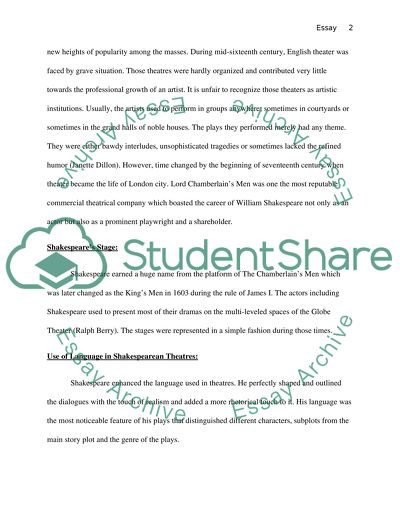Cite this document
(“The Shakespearean Theatre Term Paper Example | Topics and Well Written Essays - 1500 words”, n.d.)
Retrieved from https://studentshare.org/miscellaneous/1608203-the-shakespearean-theatre
Retrieved from https://studentshare.org/miscellaneous/1608203-the-shakespearean-theatre
(The Shakespearean Theatre Term Paper Example | Topics and Well Written Essays - 1500 Words)
https://studentshare.org/miscellaneous/1608203-the-shakespearean-theatre.
https://studentshare.org/miscellaneous/1608203-the-shakespearean-theatre.
“The Shakespearean Theatre Term Paper Example | Topics and Well Written Essays - 1500 Words”, n.d. https://studentshare.org/miscellaneous/1608203-the-shakespearean-theatre.


